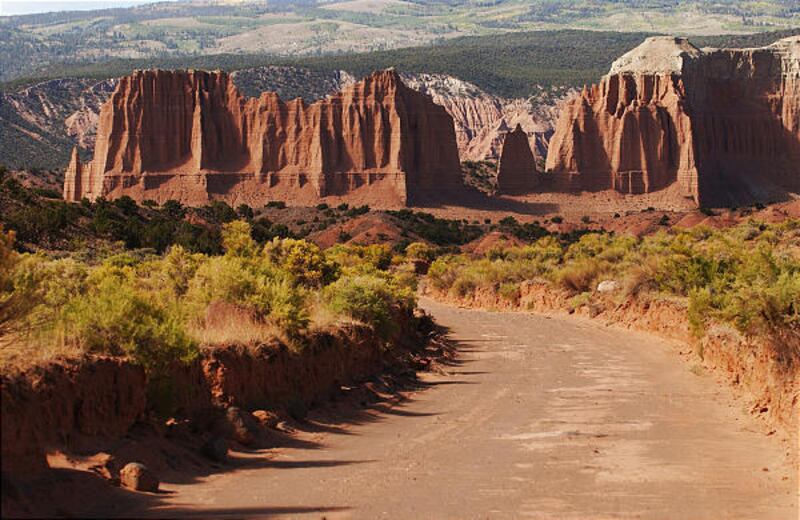WASHINGTON — A first-of-its-kind assessment undertaken over the past 10 years shows the majority of the country's national parks are in serious jeopardy, facing a multitude of problems posed by air and water quality issues, habitat fragmentation and inadequate funding.
"The State of America's National Parks" was released Tuesday by the National Parks Conservation Association, detailing an extensive breadth of problems that threaten the enjoyment of the parks for generations to come.
"This is the most comprehensive effort ever undertaken in assessing the health of our national parks," Tom Kiernan, president of the conservation association, said in a teleconference. "Our parks are not in the best of health."
Kiernan said the report should serve as a road map for action by the Obama administration as the national park system readies for its centennial celebration in 2016.
Recommendations include better coordination among federal regulatory agencies regarding air and water quality concerns, infusion of new funding and creation of new national park units in part to bridge gaps in America's cultural and ethnic history.
"We have a five-year window to take action now," Kiernan said.
The association's Center for Park Research conducted resource assessments on 80 of the country's 394 national parks, representing a 20 percent sampling that tapped the expertise of the Smithsonian Institution, the U.S. Geological Survey and the National Trust for Historic Preservation.
Among those studied are four of Utah's national parks, including Zion, Canyonlands, Capitol Reef and Bryce. Both Bryce and Zion received "good" overall scores in terms of natural resources but were dinged for protection of cultural resources, scoring "poor."
Capital Reef scored "fair" in both categories, while Canyonlands scored fair in natural resources but poor in its documentation and assessment of cultural resources.
Overall, the report noted that as of fiscal year 2010, the National Park Service had an annual operating shortfall of more than $600 million and a backlog of maintenance projects totaling nearly $11 billion.
Of the parks assessed, a majority had natural and cultural resources in fair or poor condition, according to the report.
Not a single park, for example, had cultural resources that were graded in "excellent" condition, with the report underscoring that there are millions of artifacts left uncatalogued and few parks have even taken steps to conduct a park-wide study of what treasures may exist.
Such was the case with Canyonlands National Park, which the report noted has many known prehistoric sites such as Barrier Canyon rock art but lacked an assessment nevertheless.
In contrast, Capitol Reef National Park has the staff to conduct annual monitoring of the park's 25 historic structures and the data is kept up to date, the report said. Comprehensive condition assessments are performed every five years, and all structures have been evaluated for listing on the National Register for Historic Places.
"But that's the exception rather than the rule," the report said.
More than 60 percent of the parks in the study have air quality problems that impact plants and animals, according to the report, and visitors and a third of the parks have water quality issues.
Threats include residential development that produces wildlife fragmentation, livestock grazing, energy development and climate change, Kiernan said.
Among recommendations in the report:
Embrace landscape level conservation, which means integrating park lands into a larger conservation strategy. This could mean linking national parks to one another or to adjacent protected lands.
Create wildlife corridors between parks.
By 2012, the National Park Service should prepare a new park system plan that identifies key park wildlife habitat and underrepresented themes in American history. The president and Congress should establish new parks and expand existing parks.
Congress should restore funding shortfall and allocate funds from the Land and Water Conservation fund to acquire 2 million acres of "high priority" private lands identified within national park boundaries.
"The state of America's parks is not a hopeless story," Kiernan said.
Email: amyjoi@desnews.com
Twitter: amyjoi16










